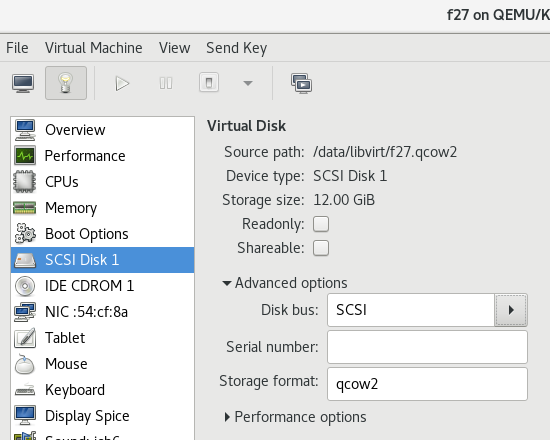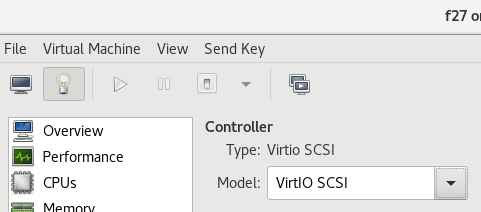Side-by-side diffs are more readable to me than in-line diffs. Long time ago, I started using Meld to display them when working with git. But I always needed to manually specify branch or commit names. This week I finally spent some time and found a way to invoke Meld directly from tig, so that I can see the diff side-by-side while browsing a commit history in tig (for example, when I want to review a proposed branch containing 10 new commits, and I want to inspect each of them individually). Here’s a short howto.
First, let’s configure Meld as your git difftool:
git config --global diff.tool meldYou can now see a diff between two branches/commits with:
git difftool -d branch1 branch2That’s a lot of typing, though, so let’s create a handy alias:
git config --global alias.dt 'difftool -d'And now you can use:
git dt branch1 branch2And now, let’s integrate this into tig. Edit ~/.config/tig/config and add this snippet:
# use difftool to compare a commit in main/diff view with its parent
# https://github.com/jonas/tig/issues/219#issuecomment-406817763
bind main w !git difftool -d %(commit)^!
bind diff w !git difftool -d %(commit)^!
Notice I chose the “w” key as a shortcut key, because it’s unassigned by default. You can choose a different shortcut of course, see man tigrc.
Now anytime you want to see a side-by-side diff on any commit displayed in tig:

You simply press w and you’ll see the diff between the commit and its parent show up in Meld:

This improved my life a lot, perhaps it helped you as well 🙂 Cheers.










 I have long been looking for a simple way to display the current FPS in games (without direct support in the game), similar to what FRAPS or other tools do in Windows. For Linux, I haven’t had too much luck. There are not many tools for this and usually there are some problems with them – either they are not packaged and complication is difficult, or they don’t work reliably, or they can’t display FPS overlay in the game, just log to a file. But this weekend, I have finally been lucky.
I have long been looking for a simple way to display the current FPS in games (without direct support in the game), similar to what FRAPS or other tools do in Windows. For Linux, I haven’t had too much luck. There are not many tools for this and usually there are some problems with them – either they are not packaged and complication is difficult, or they don’t work reliably, or they can’t display FPS overlay in the game, just log to a file. But this weekend, I have finally been lucky.